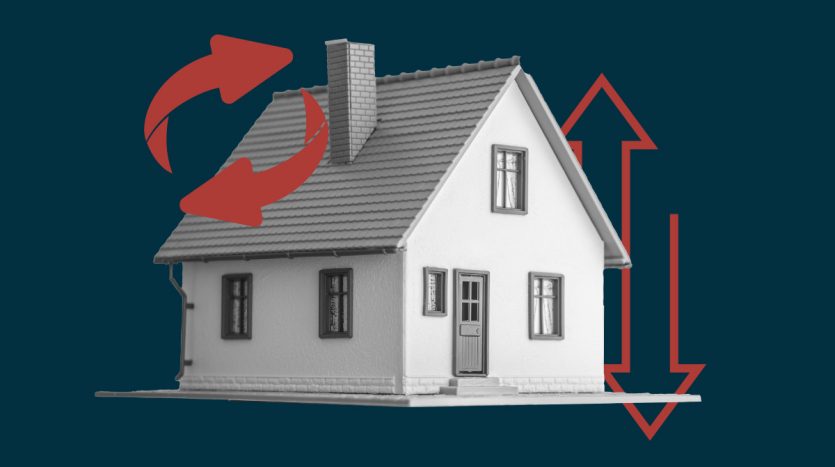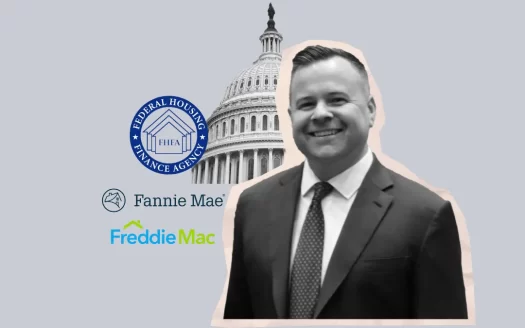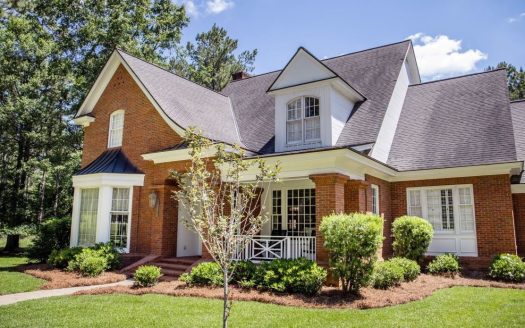The Ginnie Mae report suggests a commitment to reverse the mortgage industry
[ad_1]
This week, the company described its aim to provide liquidity to the mortgage industry, affordable housing opportunities and value for US taxpayers. While housing advocates continued to call out the company through 2008, the company also highlighted its work for the reverse mortgage industry this year.
Ginnie Mae oversees the Home Equity Conversion Mortgage () Backed Securities () program, which is heavily emphasized by the major reverse mortgage lender in late 2022. But the company aimed to address its liquidity problems by launching what it and the reverse mortgage industry called for would result in a new, complementary HMBS program.
Liquidity raising activity
The new supplemental program has been featured repeatedly in Ginnie Mae's annual report as evidence of the company's work to increase liquidity and market presence.
“To expand the eligible population and revitalize the strength of the HMBS program, Ginnie Mae has published a proposed term sheet for its new reverse mortgage security, HMBS 2.0, and offered a public comment period for input from industry stakeholders.”
It was the last term report after it was published in the summer. The report details what the company sees as its priorities in implementing a complementary reverse mortgage securities program, which includes its overall commitment to the reverse mortgage space.
“Ginnie Mae is focused on supporting issuer liquidity to ensure a sustainable and resilient housing finance system and to ensure borrowers have affordable credit throughout economic cycles,” the company said in the forward-looking section of the report. “Through collaboration with interagency and industry partners, Ginnie Mae will seek to identify potential solutions that support this goal. One of such projects is HMBS 2.0.”
The report said the company is committed to “continuing a well-functioning HMBS program that meets the needs of older Americans” and will continue to work with partners and industry stakeholders to facilitate access to liquidity.
“We believe that the way we are working with industry stakeholders will be instrumental in improving the HMBS program,” the report said. “The proposed changes will provide issuers with better liquidity and lead to a more robust HMBS market.”
The original HMBS and 2.0 software work
In addition to the development work that went into HMBS 2.0, the report also showed ongoing work on the original HMBS software.
“In (September) 2023, Ginnie Mae updated the existing HMBS requirements in the guidance in the same month,” the company said. “The improvement has shortened the time needed to hold additional participations and is aimed at reducing short-term liquidity pressure on issuers.”
Over the past year, HMBS issuance data has shown that there has been a steady stream of securitizations following this shift. Additionally, in early 2023 there was a change from $1 million to $250,000 for all types of HMBS pools.
The latter measure helped “somewhat improve liquidity for HMBS issuers that use it.” said partner Michael McCully HousingWire's Reverse Mortgage Daily (RMD).
HMBS 2.0, if implemented, will offer “a new type of securitization pool to allow for re-securitization opportunities for active and non-active purchases,” which “aims to further support reverse mortgage issuer liquidity in this challenging environment.”
HMBS 2.0 could have potential implications beyond the reverse mortgage sector. (MBA) in a recent early buyout (EBO) proposal to Ginnie Mae, a white paper detailing the proposal noted that HMBS 2.0 could provide guidance for the potential implementation of a similar program for the forward mortgage market.
“We believe that the introduction of the new HMBS 2.0 program may define the terms and criteria for the introduction of a potential EBO securitization product for Ginnie Mae employees,” the MBA filing said.
Related
[ad_2]





